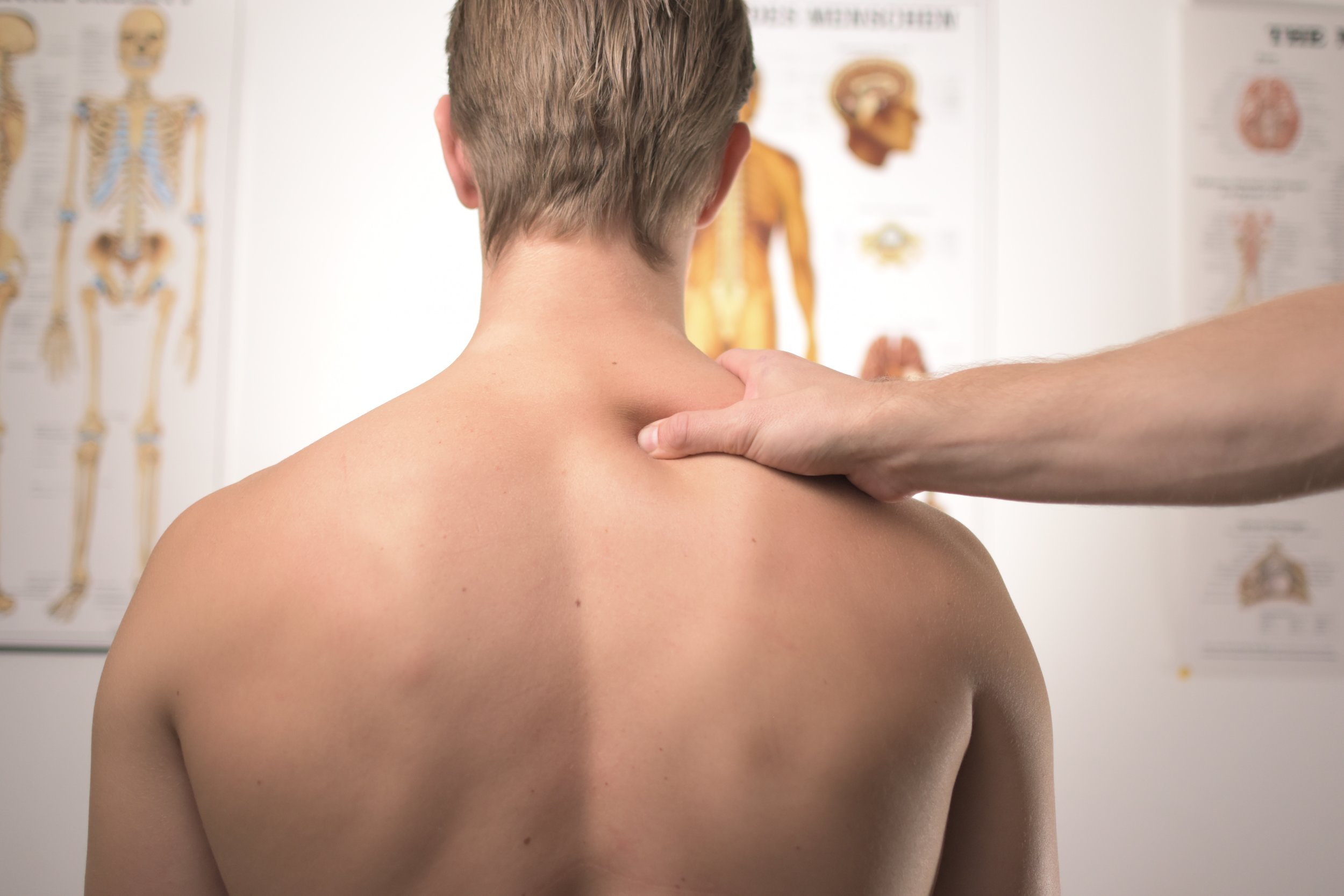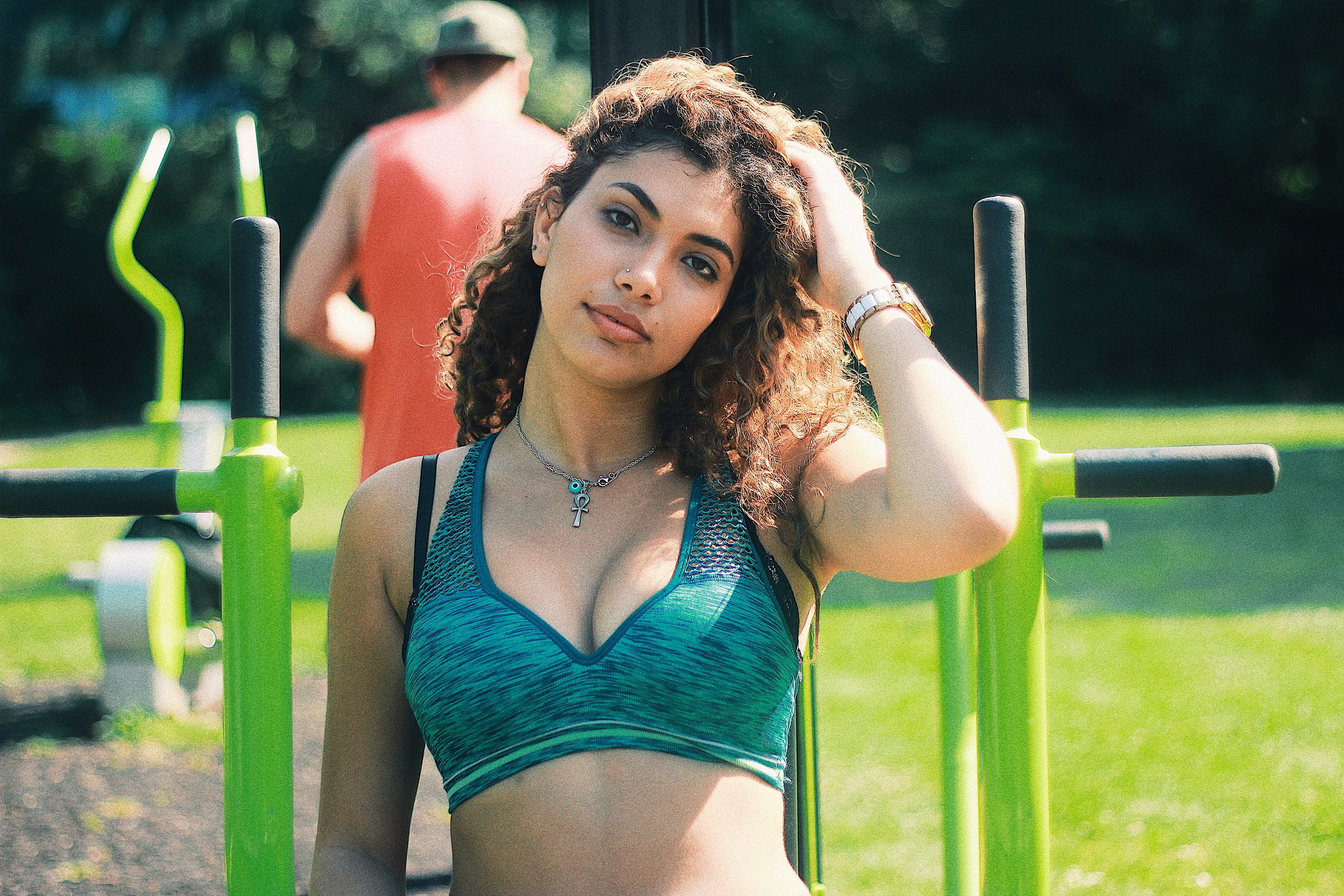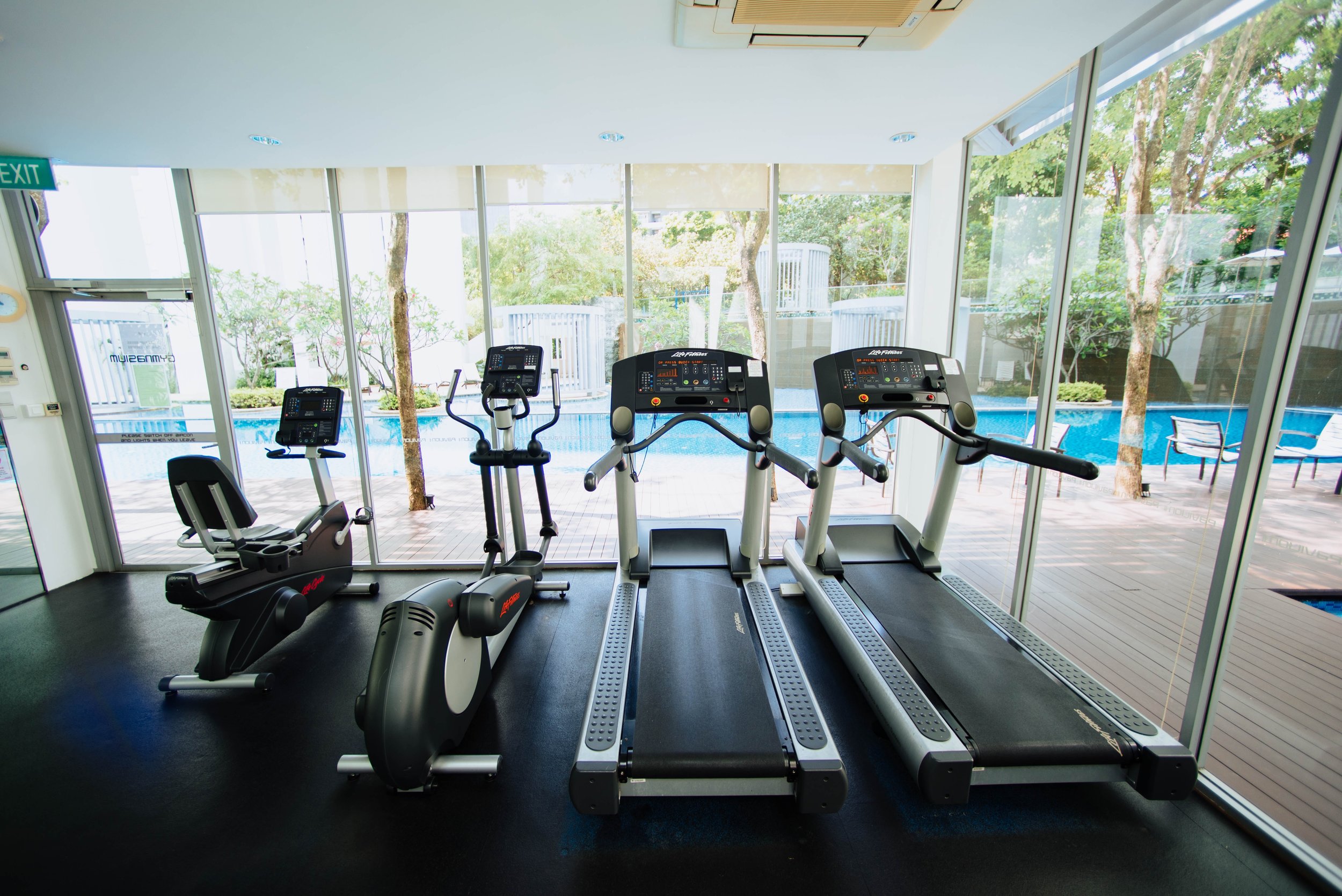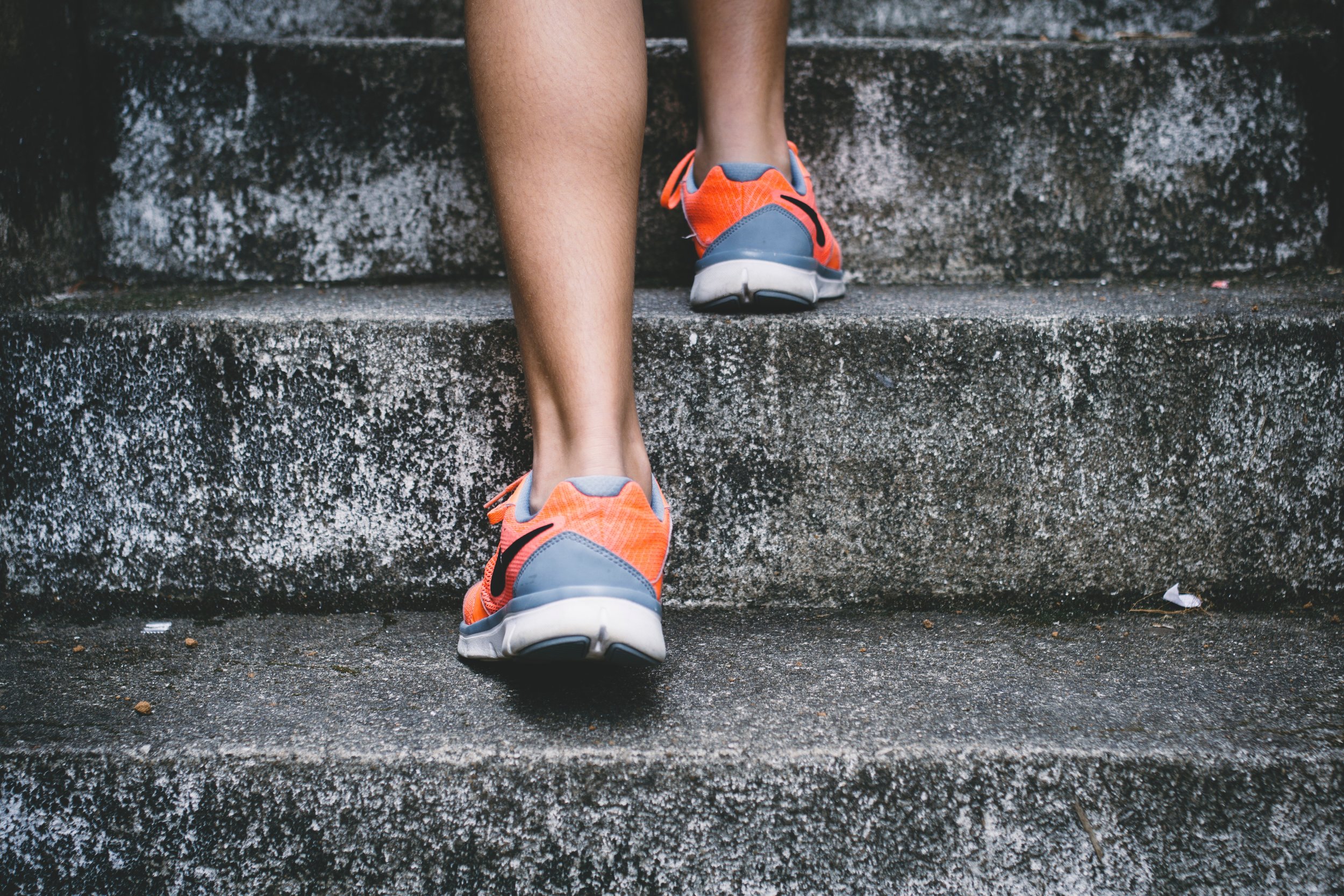Back-to-School Health Checks

The leisurely days of summer are coming to a close for many Texans and it's time to re-establish healthy habits and back-to-school routines. In addition to dental checkups and annual physicals, medical specialists recommend adding a scoliosis screening to back-to-school checklists.
Scoliosis, a disorder that causes an abnormal curvature of the spine or backbone (sometimes resembling an "S" or "C"), is the most common deformity of the spine, affecting an estimated 6-9 million people in the United States.
Certain conditions can cause scoliosis, including muscle diseases, birth defects or injuries, but the most common scoliosis is idiopathic, which means the cause is unknown. Scoliosis is most commonly diagnosed between the ages of 10 and 15, during periods of rapid growth. Although 10 percent of adolescents may have the condition, not all will need care.
"Because most causes are unknown, early detection through routine screenings is key to providing the best possible outcome," said Amer Samdani, M.D., chief of surgery for Shriners Hospitals for Children - Philadelphia.
Signs of scoliosis
Scoliosis can be hereditary and it’s recommended that a child who has a relative with the condition receive regular checkups for early detection as they are 20 percent more likely to develop the condition. Pediatric medical experts recommend females be screened at least twice at ages 10 and 12 and males at either age 13 or 14.
Children and teens with scoliosis rarely exhibit symptoms and sometimes the condition is not obvious until the curvature of the spine becomes severe. In some cases, your child's spine may appear crooked or his or her ribs may protrude. Some other markers to watch for in a child who has scoliosis are:
Clothes not fitting correctly or hems not hanging evenly
Uneven shoulders, shoulder blades, ribs, hips or waist
Entire body leaning to one side
Appearance or texture of ribs sticking up on one side when bending forward
Head not properly centered over the body
Diagnosing scoliosis
When confirming a diagnosis of scoliosis, a doctor will confer with you and your child while also reviewing your child's medical history; conducting a full examination of your child's back, chest, feet, legs, pelvis and skin; taking a series of X-rays; measuring curves; locating the apex of the curve and identifying the pattern of the curve.
Treatment of scoliosis
According to Samdani, there's no one-size-fits-all treatment for scoliosis.
"Some cases will just need to be watched; others will need physical therapy, bracing or surgical procedures to stop the curve from progressing," he said. "At Shriners Hospitals, we offer the whole spectrum of treatments under one roof, all working together to get the best possible outcome for each child. We also treat children regardless of the families' ability to pay, so that often provides a huge relief to parents."
You can also check your child's spine for scoliosis with the help of your smartphone through the SpineScreen app -developed by Shriners Hospitals for Children®. Available for free on the App Store and Google Play, SpineScreen detects curves as the cell phone is moved along a child's back, giving parents a quick, informal way to regularly monitor their child's spine.. For more information on the app and the importance of routine screening, visit shrinershospitalsforchildren.org/scoliosis.
If your child has scoliosis or any other orthopaedic condition, Shriners Hospitals for Children has 20 locations in the United States, Mexico and Canada that provide expert care, including a location in Houston and another in Galveston. For more information on scoliosis screenings, care and treatment, visit shrinershospitalsforchildren.org/scoliosis.
Nick Bailey is a forward thinking journalist with a well-rounded skill set unafraid to take on topics head on. He now resides in Austin, TX and continues to create content on a daily basis.





